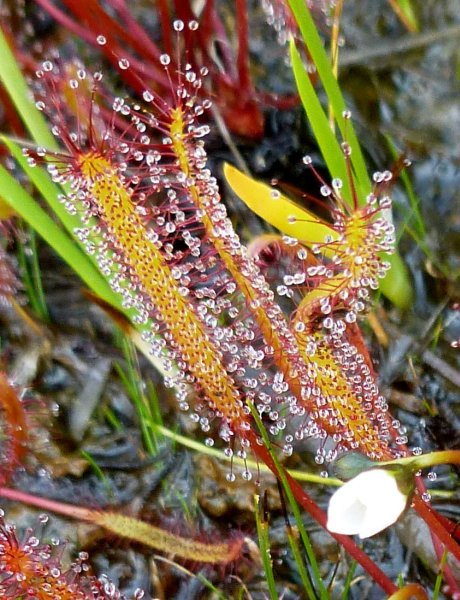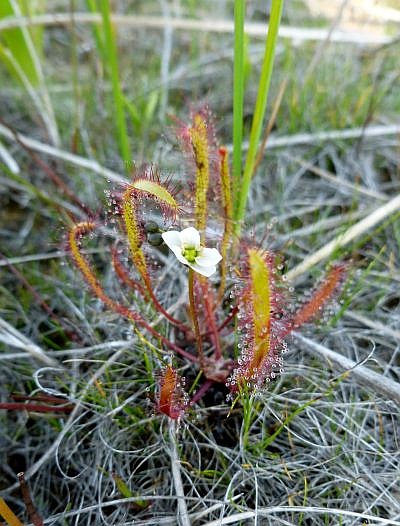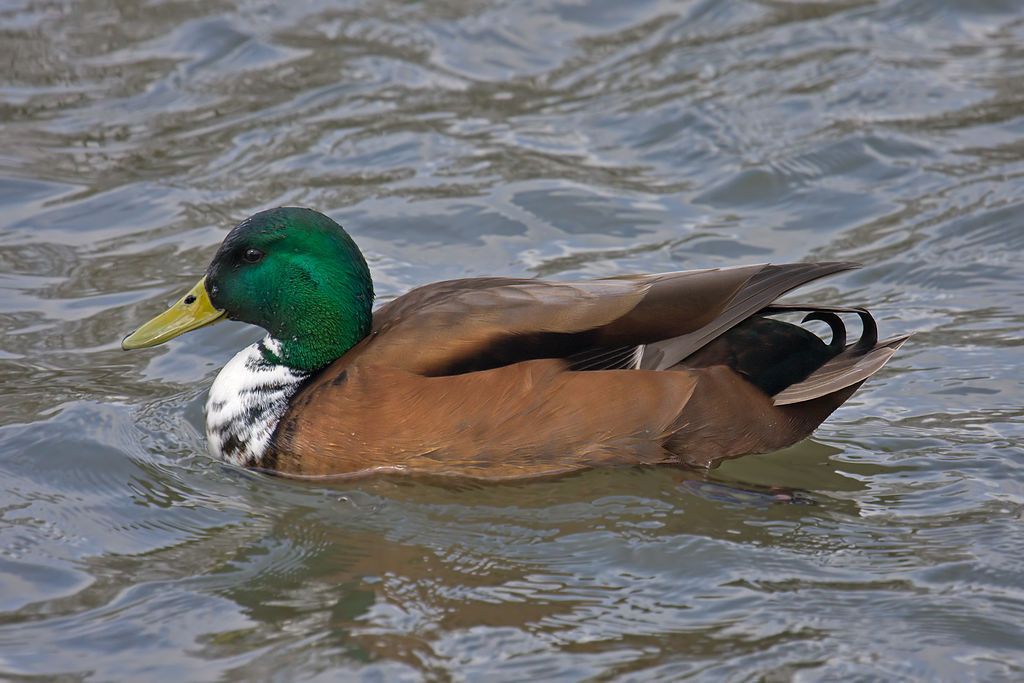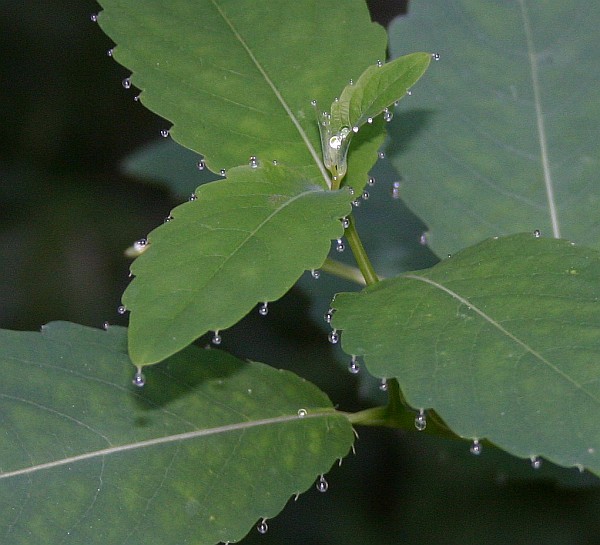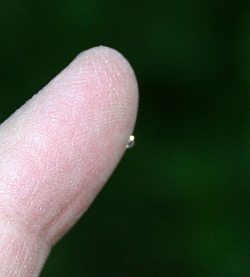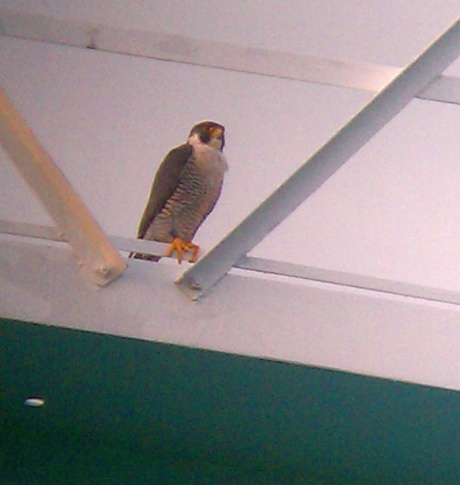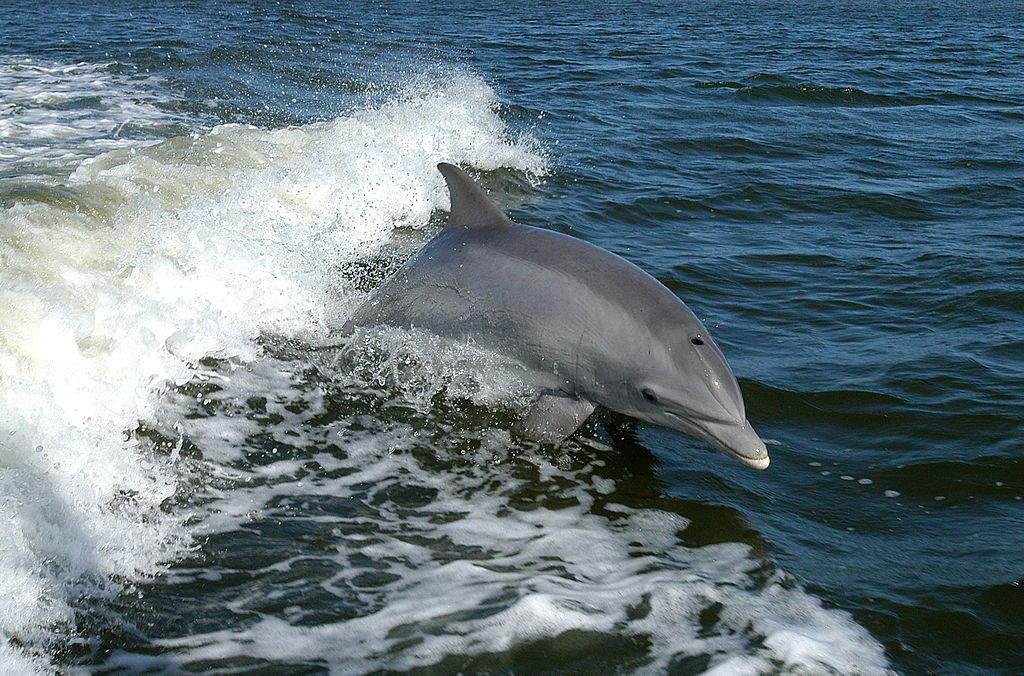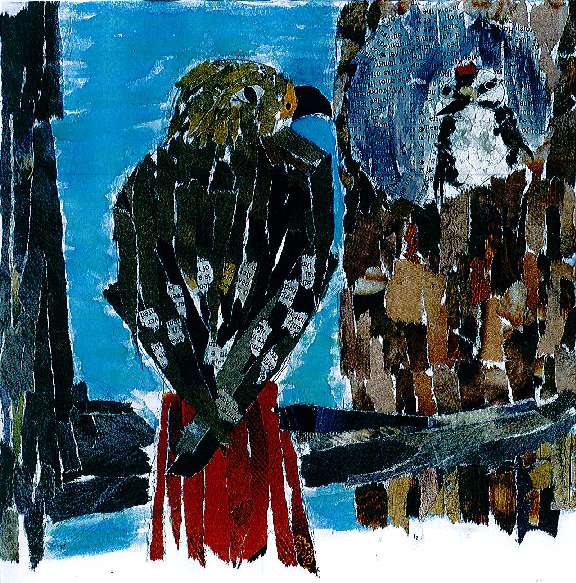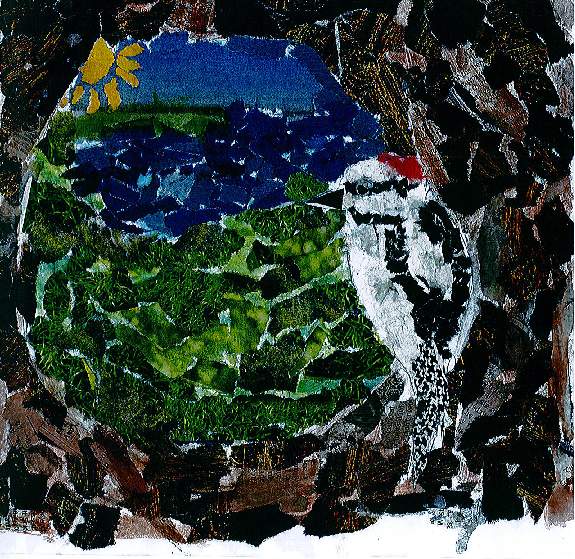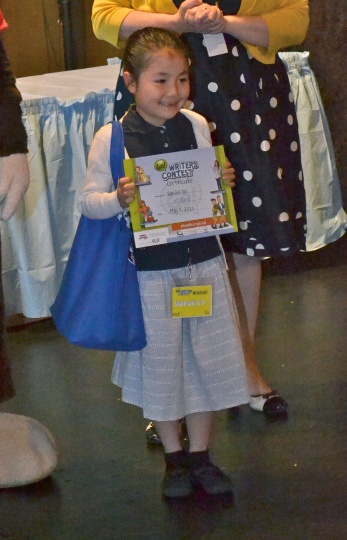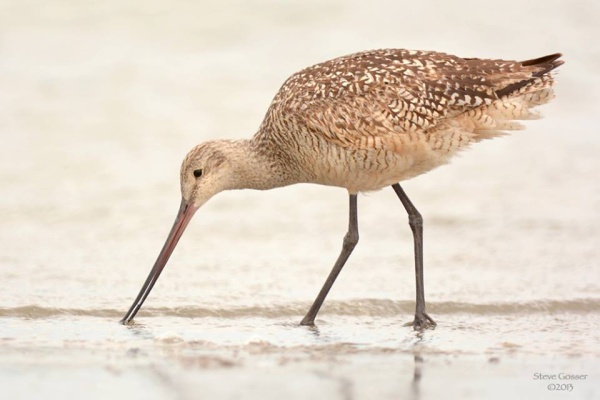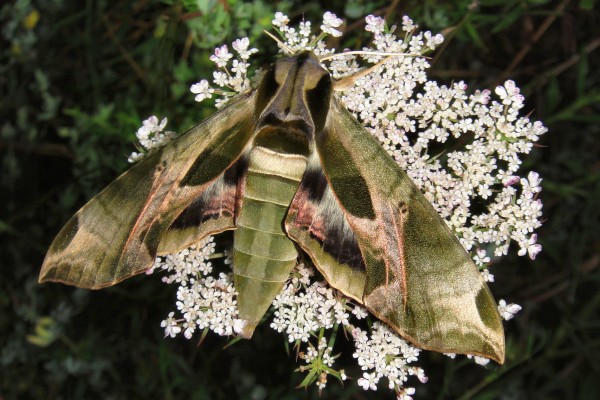
Extra-spectacular. That’s how BugGuide.net describes the Pandorus Sphinx moth.
When you see this 3.5″ to 4.5″ moth it stops you in your tracks. It’s huge, beautiful olive green, has black and pink highlights, and is as big as the palm of your hand.
Years ago I saw my first Pandorus Sphinx month perched on an end-wall of the Greenfield Bridge over the Parkway East. What was it doing there?
Pandorus Sphinx larvae feed on grapevine and Virginia creeper leaves. There’s a lot of invasive grapevine draping the hills near the bridge so that moth may have spent its caterpillar days there. Perhaps it was a female waiting for night to fall so she could emit pheromones which the males “smell” and follow upwind to find her.
I’d love to see the caterpillar some day. They’re extra-spectacular too — bright green or burnt-orange with orangy or white spots. Their third thoracic segment is oversized so they can draw their heads and first two segments into it for protection.
Here’s a rust colored caterpillar with his head drawn in.
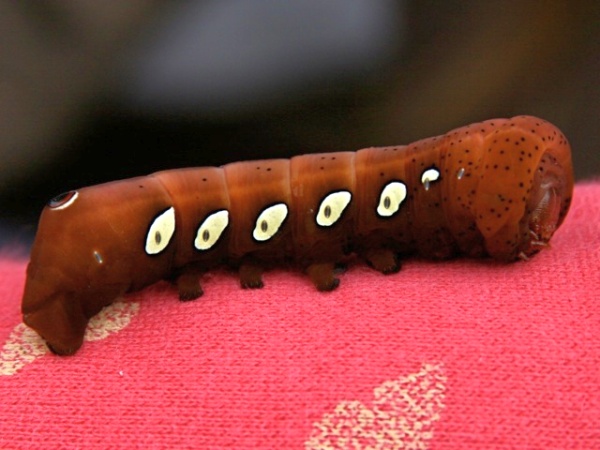
August is a good month to see these moths and their larvae. I hope I get lucky.
And thanks to my personal bug guides, Monica Miller and Chuck Tague, who took these pictures. They are both very lucky when in comes to bugs.
(moth photo by Monica Miller, caterpillar by Chuck Tague)
